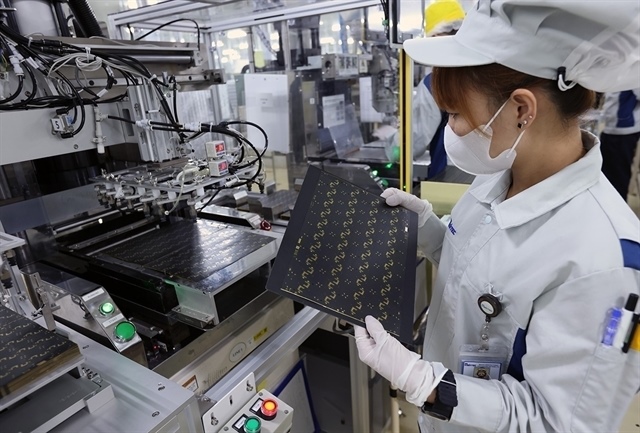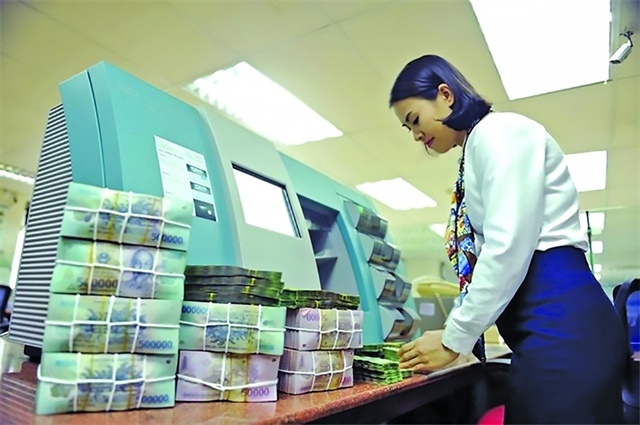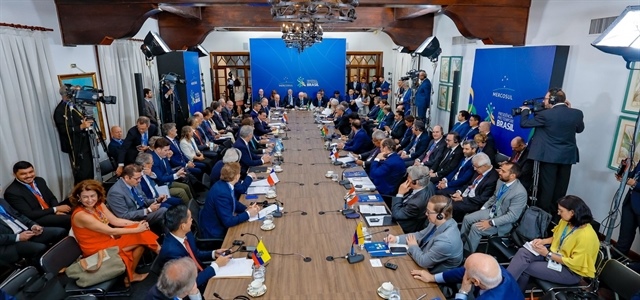VN mulls allowing int’l investors to operate airports
VN mulls allowing int’l investors to operate airports
The Civil Aviation Administration of Vietnam (CAAV) has called on the Ministry of Transport to classify the country’s current airports and allow foreign investors to manage and operate the terminals.
.jpeg)
“The proposal, if approved, will create a stimulus for the local aviation market as it will pave the way for highly capable international investors to enter Vietnam,” CAAV chief Lai Xuan Thanh told Tuoi Tre.
Under an approved master plan on aviation development between 2012 and 2020, Vietnam will need some VND221 trillion (US$10.63 billion) to repair and upgrade 26 terminals countrywide, Thanh said.
“It’ll be a burden if CAAV only relies on state capital for the infrastructure rebuilding without any other sources of capital,” he said.
“It’s necessary that we be assisted by international investors with modern technology, experienced administrative management, and strong financial muscles,” he added.
Two classes
One of the most remarkable features of the airports in Vietnam is that they are mutually used for both military and civil purposes, Thanh said.
Moreover, it is currently stipulated that the terminals must be operated by the companies, which has hindered the mobilization of international investment to establish and operate the terminals, he added.
“Hence, we suggest categorizing the airports into two classes,” he said.
“The first class will include terminals that are significant for both international traffic and national security such as Noi Bai, Da Nang, Tan Son Nhat, Long Thanh, and Cam Ranh, and the remainder will be in the second class,” he elaborated.
The government will maintain their key role in terms of capital and management at the first class terminals, but still leave space for international investors to join.
“These terminals have high potential for commercial development, thus are attractive to investors,” Thanh said.
“As for those in the second class, we suggest privatization or allowing investors to invest in and operate the terminals,” he added.
The CAAV also asked the transport ministry to release regulations related to required conditions for international investors to take part in the local aviation market before officially proposing the plan to the government.
Challenges
While a more open policy for investment mobilization is still pending government approval, several international investors have visited Vietnam for market research, Thanh said.
The investor of Singapore’s Changi terminal has studied the Hue airport, and a group of US investors has also visited recently, he said.
“But there has been no wave of investors coming, and I do hope that more will come once our proposal is approved,” he admitted.
Vietnam only has an average density of airports, compared to other neighboring countries like Malaysia and Thailand, Thanh said.
“But many investors evaluated that many Vietnamese terminals are incapable of generating profits, while only a few of them can make modest profits,” he admitted.
tuoitre news



















